Native American Burial Mounds
and the Tragic Looting of Spiro Mounds
Native American burial mounds have long been a part of Oklahoma’s history. A tragic part of that history is how those burial mounds near Spiro, Oklahoma, were looted with many of the valuable relics destroyed. It is a tale of greed, distrust and destruction.
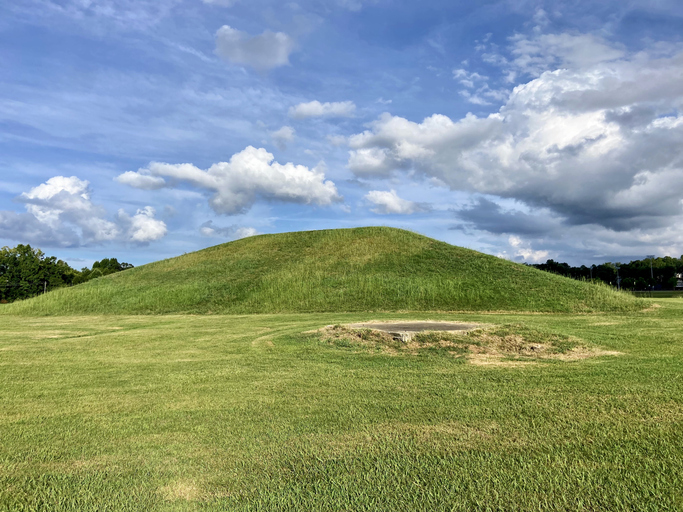
What Are the Spiro Mounds?
The Spiro Mounds were built by a group of pre-Columbian natives, known only by archaeologists as mound builders because of the mounds they built. These people lived in North America between 500 AD and 1500 AD. A tribe of the Mississippi Mound builders lived by the Arkansas River by what is now Spiro, Oklahoma.
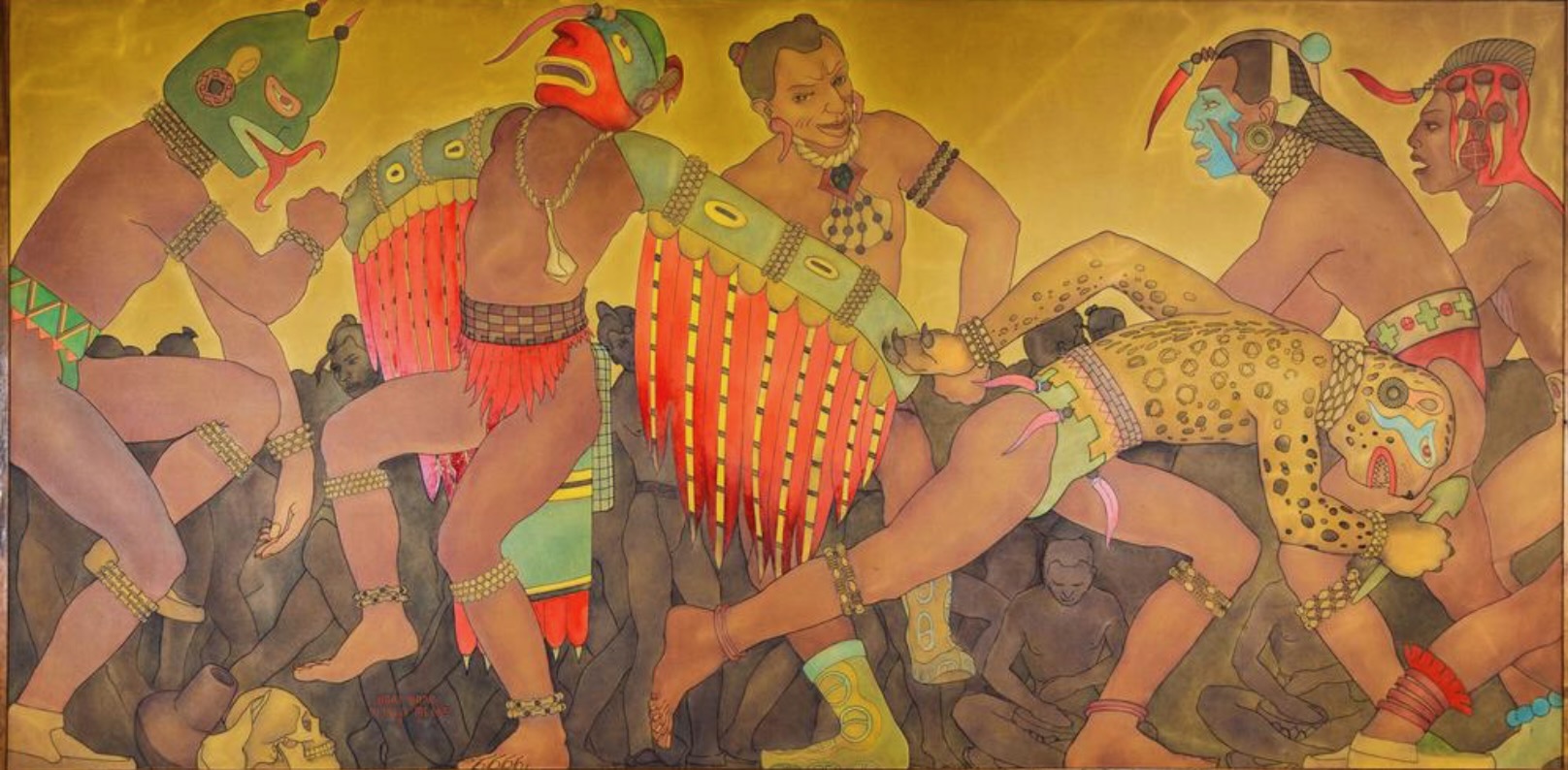
The land eventually became part of Indian Territory, and various tribes were relocated there. Eventually, the land in northeastern Oklahoma was given to the Choctaw tribe. That land was eventually passed on to the Freedmen—Choctaw’s freed slaves, after the war.
Rachel Brown and the Ghosts of the Native American Burial Mounds
Rachel Brown was the first recorded owner of the Spiro Mounds, but apparently, she wasn’t happy about them. Rachel claimed to hear eerie noises and saw blue flames on the mounds. She also noticed how mules got spooked whenever they got near the mounds.
Having heard the Indian tales about burial mounds, she was convinced awful things would happen to her if she allowed the mounds to be desecrated. She refused to allow anyone near the mounds, and no one was allowed to dig on them.
Joseph Thoburn and His Desire To Protect the Indian Artifacts
Joseph B. Thoburn was a noted historian and author of the book, A Standard History of Oklahoma. He took the first pictures of the mounds and wanted to protect the artifacts by placing them in a museum. He had asked Rachel Brown if he could retrieve the artifacts, but she refused to allow him near the mound.
Thoburn later wrote “if an unskilled amateur, who is interest only in gathering ‘relics’ for a personal collection or for sale, should disturb those interesting earth-works, he may easily make it impossible for us to read the story that it holds for the careful scientific investigator.’
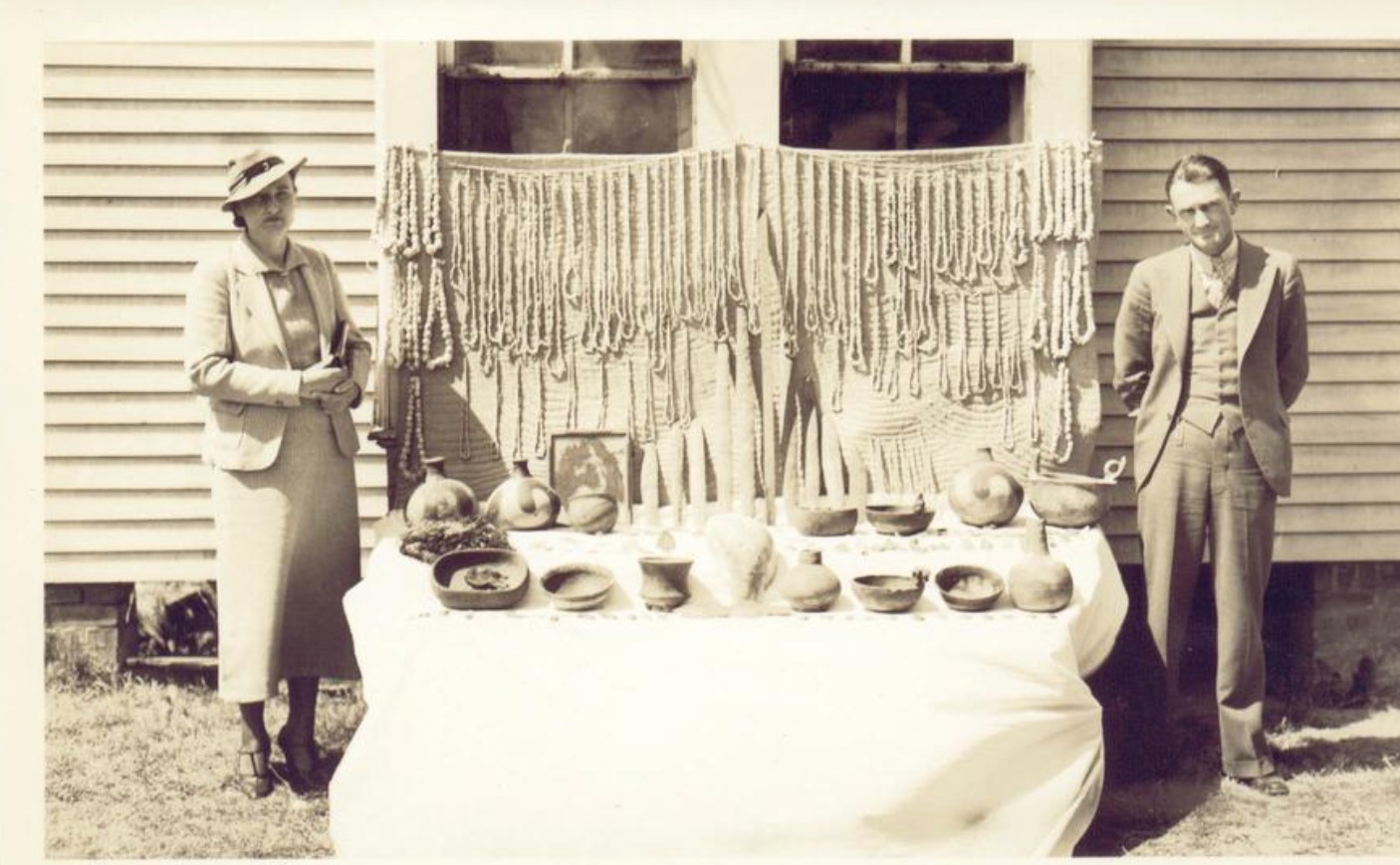
Sadly, his statement would prove prophetic.
Eventually, Rachel Brown died, and George Evens inherited the mounds. Upon his death, the mounds were passed on to his grandchildren, whose last name was Craig. Thus, the largest of the mounds was named Craig Mound.
The Great Depression and the Pocola Mining Company
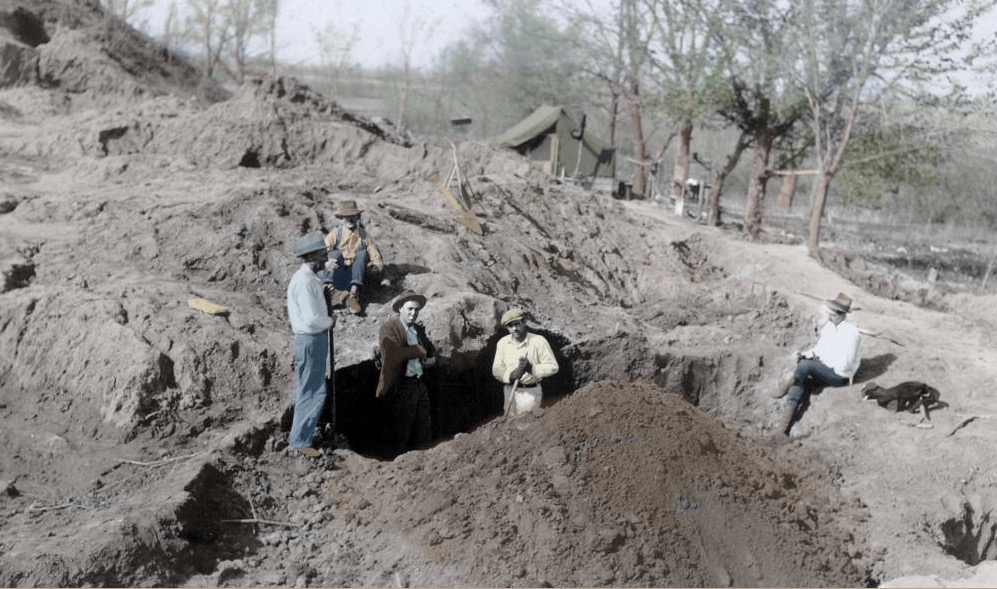
In 1934, during the worst year of the Great Depression, six local men formed an entity they called the Pocola Mining Company. They each pooled in fifty dollars and bought the right to dig and extract whatever they could find from mounds.
Instead of digging from the top down, they took a risk and tunneled straight into the 35-foot Craig mound, making an opening large enough to take a wheelbarrow in. It was a crazy risk because they didn’t shore up the opening, and it was miraculous that the mound didn’t cave in on them.
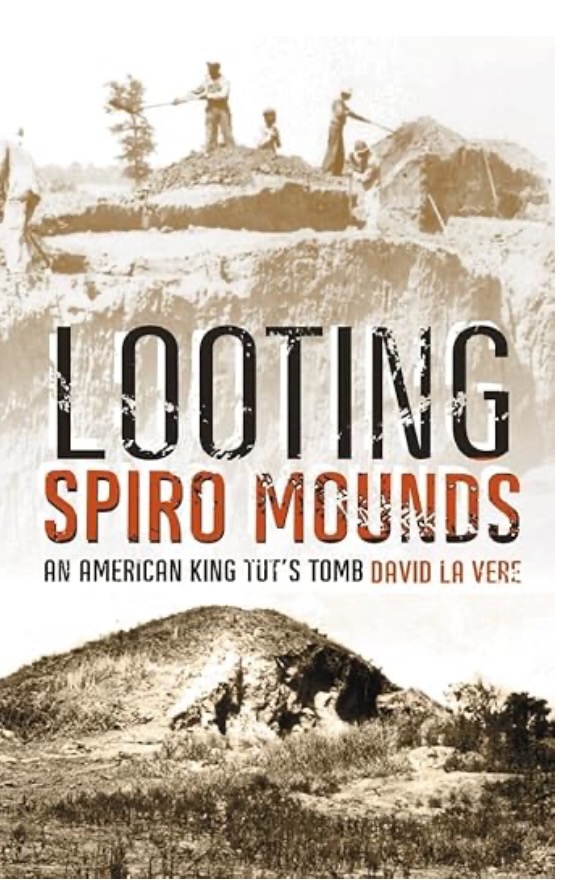
It was a hot summer day when the men reached the center of the mound with their pickaxes. According to David La Vere, author of the book Looting Spiro Mounds: An American King Tut’s Tomb, the six knew they were about to find something because they reached a hard wall of dirt different from the rest of the mound.
When they pierced the final wall in the center of the mound, a hiss of air told them they had penetrated a sealed chamber. The six men were hoping to find gold. They were disappointed when they found none.
Wreaking Havoc on the Mounds
For centuries, people had respected the Native American burial mounds. The members of the Pocola Mining Company showed none. They scooped up the countless shells they’d found and dumped them into the wheelbarrow. They wheeled out the shells and dumped them on the ground where they were eventually crushed underfoot in their eagerness to find something valuable.
They stacked pots and other valuables in piles outside the mounds. When people driving by offered to buy some of the artifacts, the six men decided to sell the artifacts in Hobbies: The Magazine for Collectors.
Archaeologists Are Alarmed
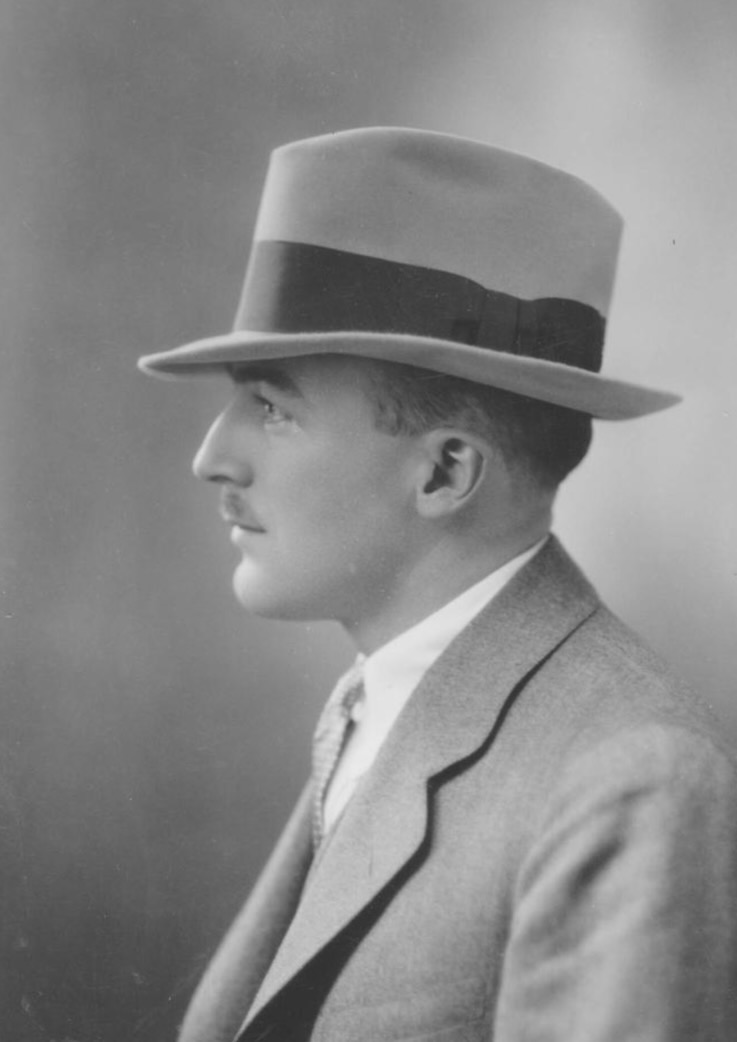
The chair of the National Research Council Committee on State Archaeological Surveys noticed several unique artifacts being listed for sale. Upon investigation, he learned the artifacts were coming from eastern Oklahoma. He contacted a colleague, Forrest Clements, who was now the chair of the University of Oklahoma’s Anthropology Department.
On a spring day in 1934, Clements drove from Norman, Oklahoma, to Le Flore County, where the Spiro Mounds were located. Back then, the 160-mile trip took most of the day. He was disturbed to see members of the Pocola Mining Company digging straight into the mound.
The Oklahoma Legislature Steps In
People soon realized the major archaeological find that lay beneath Craig Mounds, and Clements tried to stop it. The Oklahoma State Legislature passed an antiquities act in 1935 stating that only those who received a license from the University of Oklahoma’s Anthropology Department were allowed to dig on archaeological sites.
When members of the Pocola Mining Company refused to stop, Clements recruited the local sheriff, who threatened the company with arrest if they didn’t stop digging. So the miners packed up and left the site.
Clements Goes to California
Reassured that the mounds were now safe, Clements left for California to take up a summer teaching position. Unfortunately, once he left, the miners snuck back onto the site and finished grabbing as many relics as they could find. Then they destroyed the Native American burial mounds by setting off explosives.
Watch my video to learn more about the desecration of the Native American burial mounds in Spiro, Oklahoma.
